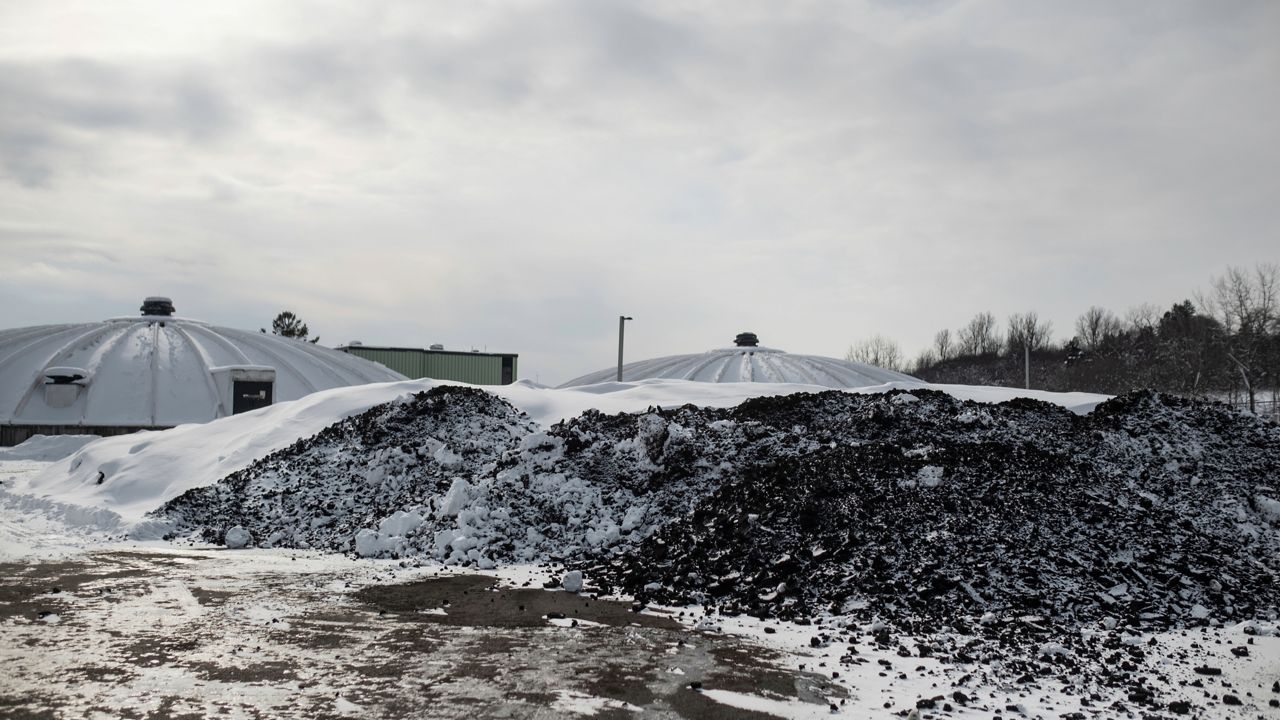State lawmakers on Wednesday announced a group of five bills aimed to reduce per- and polyfluoroalkyl substances (PFAS) for consumers and New York residents.
“It’s well-known that PFAS are among the most toxic and harmful chemicals known to humankind,” Democratic state Sen. Peter Harckham said during a press conference in Albany. “If we are going to be serious about safeguarding our residents from these contaminants, then we must be doing everything possible to eliminate their use and reckless disposal in our environment.”
The group of bills includes banning the use of PFAS in consumer and household products, cosmetic products and menstrual products. Additionally, the bills would regulate PFAS as an air pollutant and require the disclosure of PFAS levels in all permitted facilities discharging waste.
“We deal with it on two fronts. We try and acquire extra funding for our wastewater treatment folks to address PFAS in the water supply and then on the legislative front, as we’re talking about today, is keeping PFAS out of the drinking water supply and away from harmful contact with humans,” Harckham, who chairs the state Senate Committee on Environmental Conservation, said in an interview.
The campaign, PFAS Free-NY, also calls for the banning of spreading sewage sludge on New York’s farmland. Sewage sludge is a byproduct of the wastewater treatment process that is then used as fertilizer on fields. However, the sludge has been found to contain “forever chemicals” from the wastewater and then can contaminate drinking water.
Exposure to PFAS chemicals has been linked to decreased fertility, developmental effects or delays in children, increased risk of some cancers, reduced ability of the body’s immune system to fight infections, and increased cholesterol levels, according to the Environmental Protection Agency.
“There are real threats from the Trump administration for PFAS contaminated drinking water since among its first orders was rescinding a Biden administration proposal to set limits on PFAS entering our water from industrial facilities,” said Kate Donovan, director of Northeast Environmental Health at the Natural Resources Defense Council.
Last April, the Biden administration limited PFOA and PFOS (two types of PFAS) in drinking water at 4 parts per trillion of each. Currently, the New York Department of Environmental Conservation has limits for PFOA and PFOS at 10 ppt of each.
“The risk of additional federal rollbacks on PFAS chemicals and other health protections make the states’ roles more crucial than ever in prohibiting the use of these chemicals [in] consumers products and to ensure PFAS entering the environment from industrial sources is controlled,” Donovan said.


